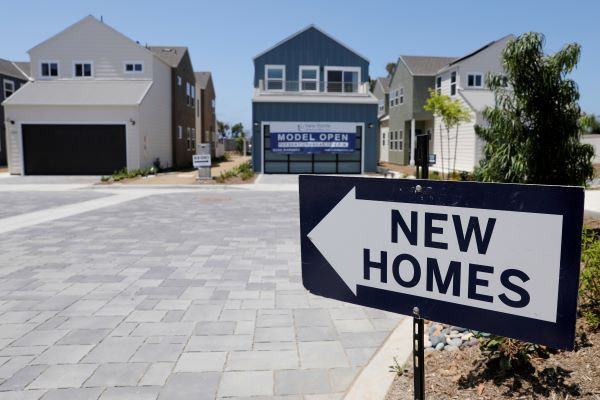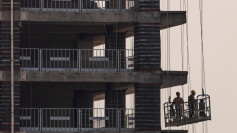Confidence among homebuilders in the United States are on the highest levels, a trend that was never seen in the last 20 years. The excitement is correlated to the perceived broad-based economic improvement seen through the end of this year.
The latest data from the National Association of Home Builders/Wells Fargo Housing Market Index (HMI) released on 16 Dec. showed that there were five points jump in builder confidence in the market for newly-built single-family homes. NAHB has been surveying for the last 30 years and this is the highest reading since June of 1999.
The index is based on a survey of builder perceptions of single-family home sales and sales expectations for the next six months. Participants for the survey were also asked to rate traffic of prospective buyers.
NAHB Chairman Greg Ugalde, a homebuilder, and developer from Torrington said builders are optimistic about housing rebound since spring. Low supply of existing homes, low mortgage rates, and a strong labor market are pushing optimism into greater heights since the spring this year.
Indeed, the latest survey from NAHB came as the Federal Reserve cut rates three times this year. Most recently, the Federal Reserve said it won't raise interest rates until the end of the year.
Low-interest rates will naturally pump energy to home buyers, most especially the first-time owners. Given a low-interest rate buying environment, first-time homeowners will be ecstatic to find that they can afford homes that are otherwise more expensive than the budget they have in mind.
A separate report from the credit bureau TransUnion said there are about 8.3 million to 9.2 million people who will buy their first homes between 2020 and 2022. That figure jumped from 7.6 million between 2016 and 2018. The report also pointed to low-interest rates and a strong job market.
While homebuilder's confidence is higher now, this doesn't mean that the housing market is not without challenges, NAHB Chief Economist Robert Dietz said. The strongest challenge is that homebuilders are underbuilding because of constraints in the supply sector. Such constraints pull costs higher, hence, hurting affordability and dampening growth in the construction side, Dietz explained.
In effect, the optimism among homebuilders is diminished by the gap in supply and demand which in the long run could push home prices higher. In September, the imbalance between supply and demand pushed home prices to jump 3.2% from 3.1% in August. This was according to recent data released by the S&P CoreLogic Case-Shiller National Home Price Index.






